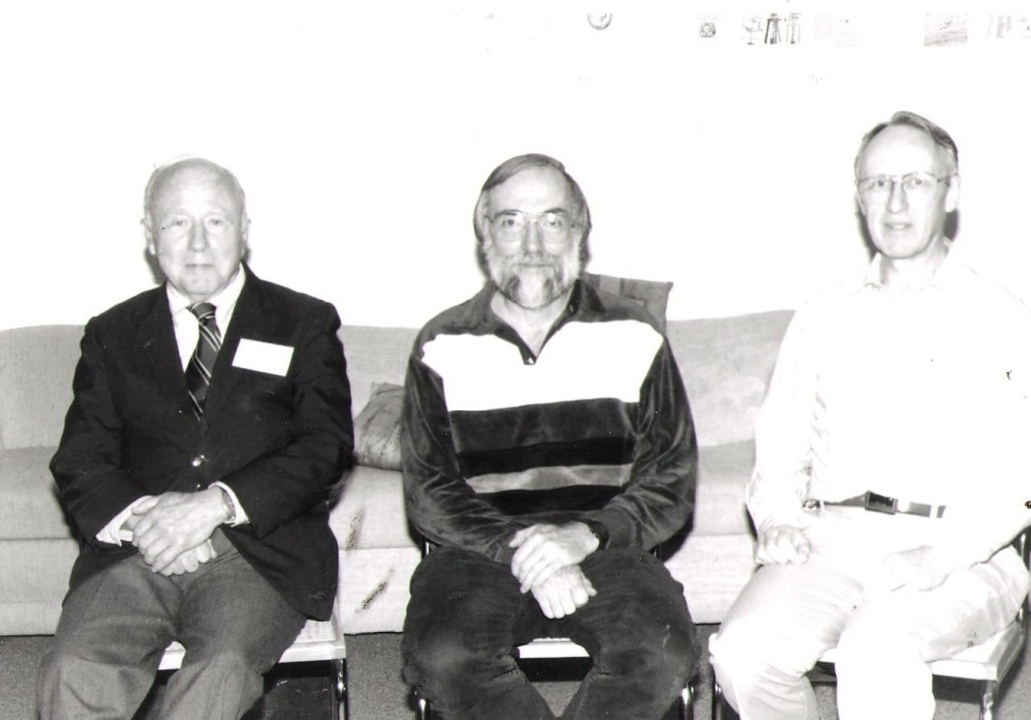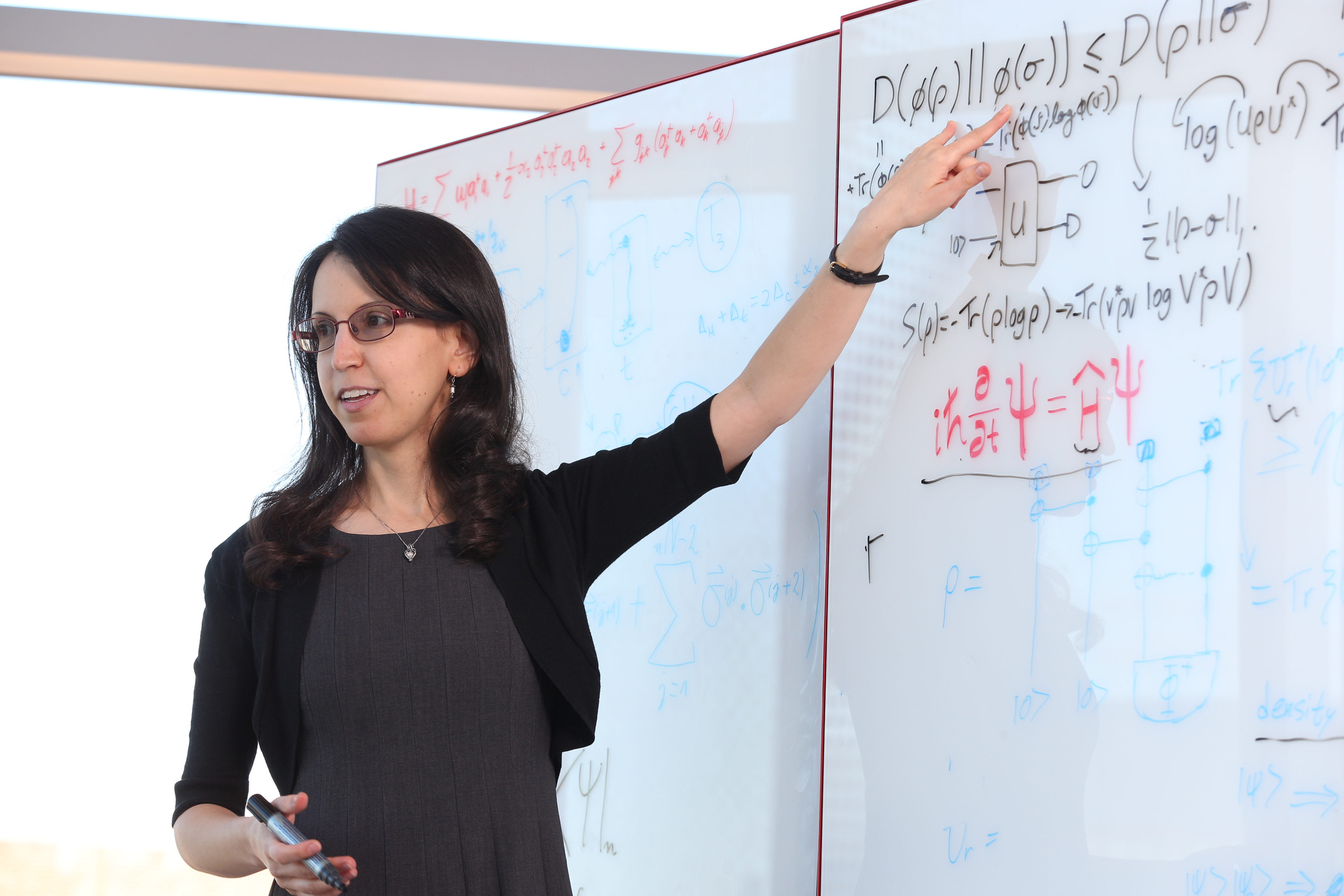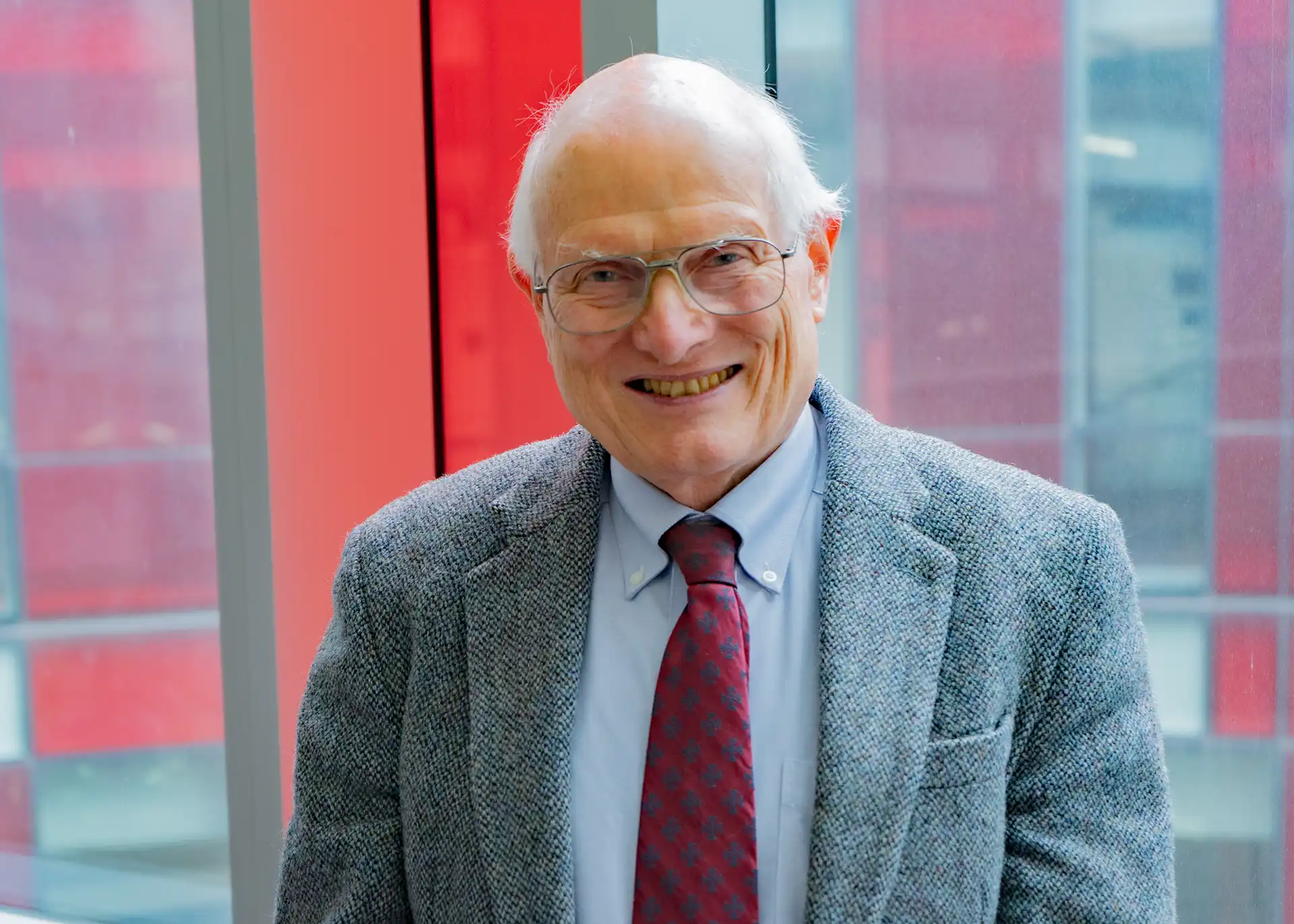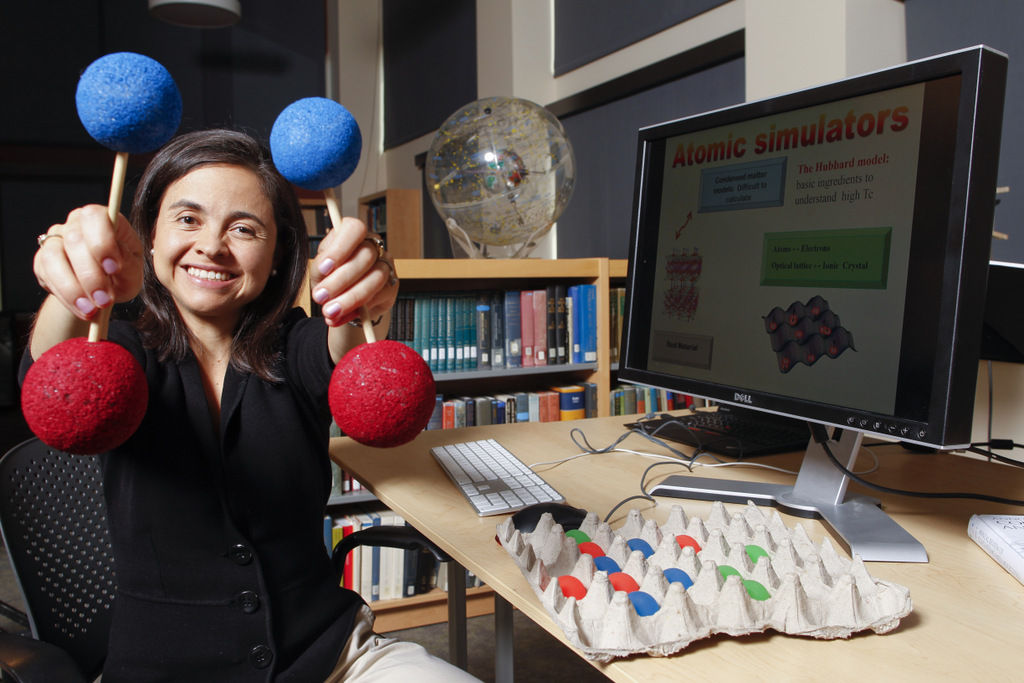UMD Lab to Become Major Laser Research Center
- Details
- Published: Tuesday, August 08 2023 08:17
Led by Professor Howard Milchberg, the Lab for Intense Laser-Matter Interactions has been chosen as one of ten LaserNetUS nodes. The lab will receive an annual award for three years to fund laser lab research staff, postdocs and graduate students.
LaserNetUS was established in 2018 by the US Department of Energy (DOE) and is funded through the DOE’s Office of Fusion Energy Sciences (FES). The purpose of the network is to allow US and international researchers without access to high powered and unique lasers the ability to do experiments in cooperation with the network’s facilities. In return, this leads to the advancement of research and stimulates collaboration between various research groups.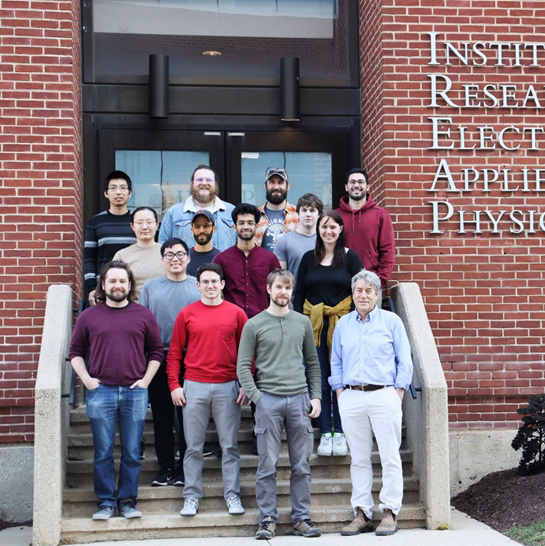 Professor Milchberg's Laser Matter Interactions Group
Professor Milchberg's Laser Matter Interactions Group
This year, UMD is one of three new nodes. As a collaborative node, Milchberg’s lab will accept proposals from other research groups and will have the opportunity to collaborate with those that best fit its scientific agenda.
Milchberg notes that ”this award recognizes our lab’s broad array of laser sources and techniques and its commitment to fundamental physics understanding and student education. This has been the recipe for many well-known Maryland innovations and discoveries”
Read here for more information on LaserNetUS.
Original story: https://ece.umd.edu/news/story/umd-lab-to-become-major-laser-research-center
